BRENTON, JAHLEEL. 1729-1802. Manuscript map in ink and wash, 1 p, 15 1/2 by 18 1/2 inches, titled "The Severall Courses up Penobscott River from Pequoit or the Rivers Mouth taken by Skillful Hands...," 1767, HEAVILY ANNOTATED AND SIGNED BY ELLERY ("William Ellery"), mild spotting at lower left and upper right margins, mild separation at horizontal and vertical folds, 1/4 inch chip at lower right corner. Ellery adds a note explaining the genesis of this map: "This Map of Leveretts Patent was copied from a Copy by Jahleel Brenton Esq, one of the Proprietors; and presented by his son Samuel Brenton to William Ellery, who wrote the References, Names of Places, etc." WITH: a fragment of a 1768 letter to William and Benjamin Ellery mentioning a meeting with Waldo regarding the patent claims and describing him as "exceedingly difficult"; a 4 pp fair copy of the original 1629 Patent dating from 1787; and a 3 pp deed of sale between James Green and Mssrs De Heyder Veydt and Co for one quarter of one-tenth of Leverett's original patent. MAP OF PENOBSCOT BAY ANNOTATED BY SIGNER WILLIAM ELLERY. This unusual map, discovered among Ellery's papers, relates to the Muscongus Patent, also known as Leverett's Patent and later the Waldo Patent. In 1629 the Muscongus Patent granted land and trading rights for a 36-square mile area along the Penobscot bay between the Muscongus River and Penobscot River to John Beauchamp and Thomas Leverett. According to documents present here, Leverett inherited the full portion at Beauchamp's death, and at his own death divided the grant among his ten children, who then divided the land again amongst the next generation. Around 1720 Gen. Samuel Waldo of Boston acquired a large portion of the patent, and began recruiting immigrants from Germany to settle the area. The letter fragment present here indicates that Ellery and his brother were engaged in a dispute with Waldo over Leverett's Patent, believing that their Grandfather had acquired two portions some years before. The map, executed by Brenton, a Rear Admiral in the Royal Navy and a member of a famous Loyalist family that lost most of its American holdings during the Revolution, is a delineation of the coastline from the Damariscotta River to the Penobscot River, and also includes the boundary lines for the original patent. Ellery has added settlement names and a long explanation of the survey at the upper left corner.
BRENTON, JAHLEEL. 1729-1802. Manuscript map in ink and wash, 1 p, 15 1/2 by 18 1/2 inches, titled "The Severall Courses up Penobscott River from Pequoit or the Rivers Mouth taken by Skillful Hands...," 1767, HEAVILY ANNOTATED AND SIGNED BY ELLERY ("William Ellery"), mild spotting at lower left and upper right margins, mild separation at horizontal and vertical folds, 1/4 inch chip at lower right corner. Ellery adds a note explaining the genesis of this map: "This Map of Leveretts Patent was copied from a Copy by Jahleel Brenton Esq, one of the Proprietors; and presented by his son Samuel Brenton to William Ellery, who wrote the References, Names of Places, etc." WITH: a fragment of a 1768 letter to William and Benjamin Ellery mentioning a meeting with Waldo regarding the patent claims and describing him as "exceedingly difficult"; a 4 pp fair copy of the original 1629 Patent dating from 1787; and a 3 pp deed of sale between James Green and Mssrs De Heyder Veydt and Co for one quarter of one-tenth of Leverett's original patent. MAP OF PENOBSCOT BAY ANNOTATED BY SIGNER WILLIAM ELLERY. This unusual map, discovered among Ellery's papers, relates to the Muscongus Patent, also known as Leverett's Patent and later the Waldo Patent. In 1629 the Muscongus Patent granted land and trading rights for a 36-square mile area along the Penobscot bay between the Muscongus River and Penobscot River to John Beauchamp and Thomas Leverett. According to documents present here, Leverett inherited the full portion at Beauchamp's death, and at his own death divided the grant among his ten children, who then divided the land again amongst the next generation. Around 1720 Gen. Samuel Waldo of Boston acquired a large portion of the patent, and began recruiting immigrants from Germany to settle the area. The letter fragment present here indicates that Ellery and his brother were engaged in a dispute with Waldo over Leverett's Patent, believing that their Grandfather had acquired two portions some years before. The map, executed by Brenton, a Rear Admiral in the Royal Navy and a member of a famous Loyalist family that lost most of its American holdings during the Revolution, is a delineation of the coastline from the Damariscotta River to the Penobscot River, and also includes the boundary lines for the original patent. Ellery has added settlement names and a long explanation of the survey at the upper left corner.



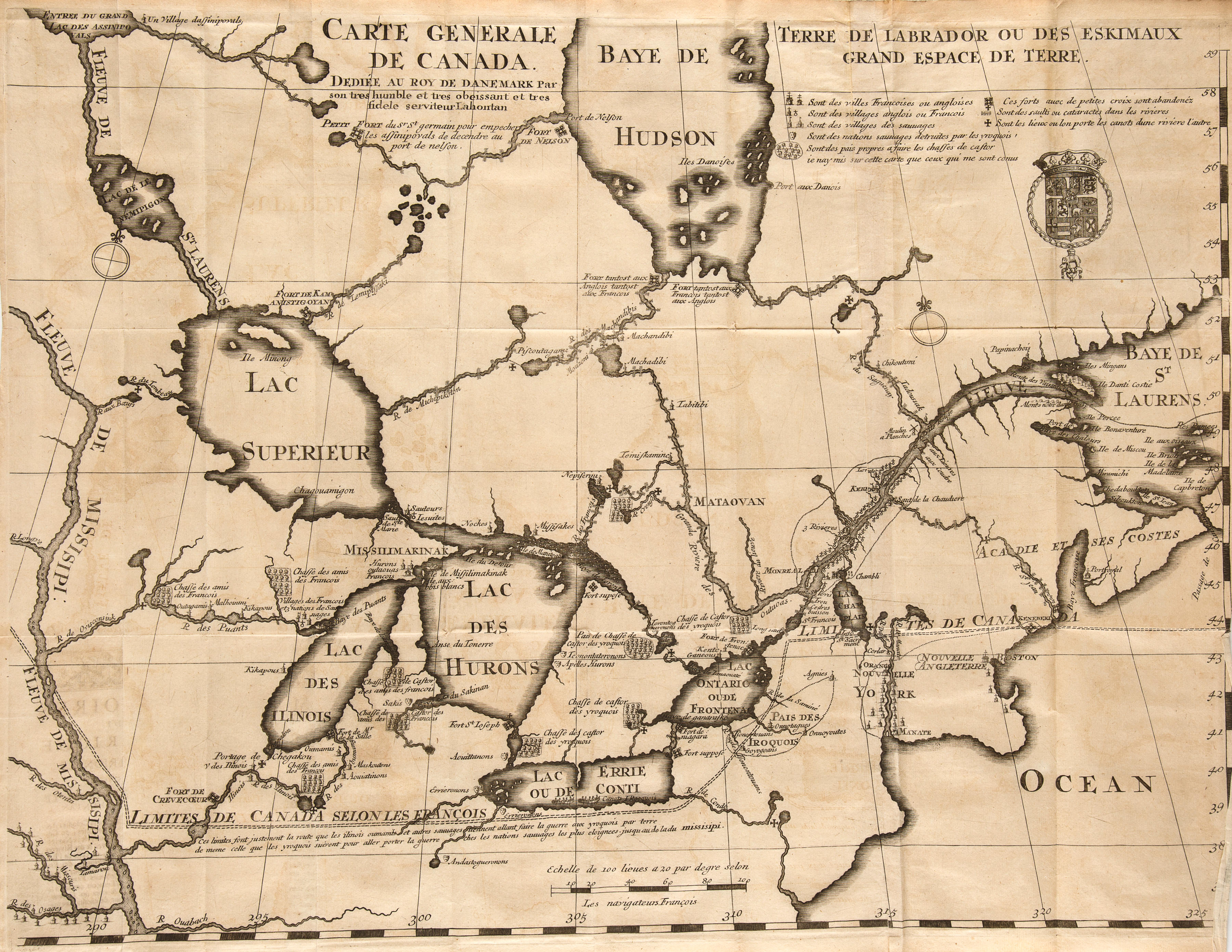
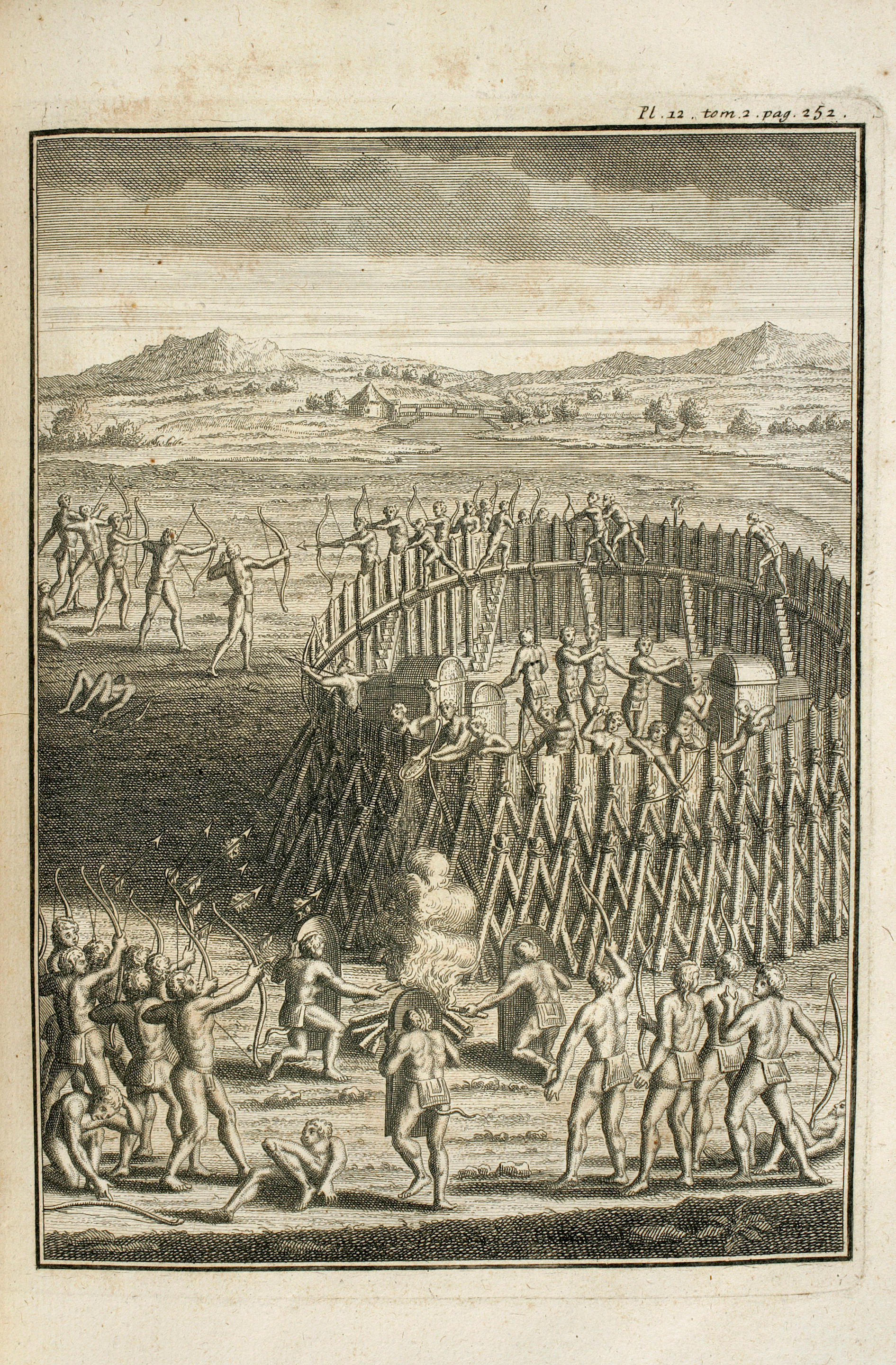

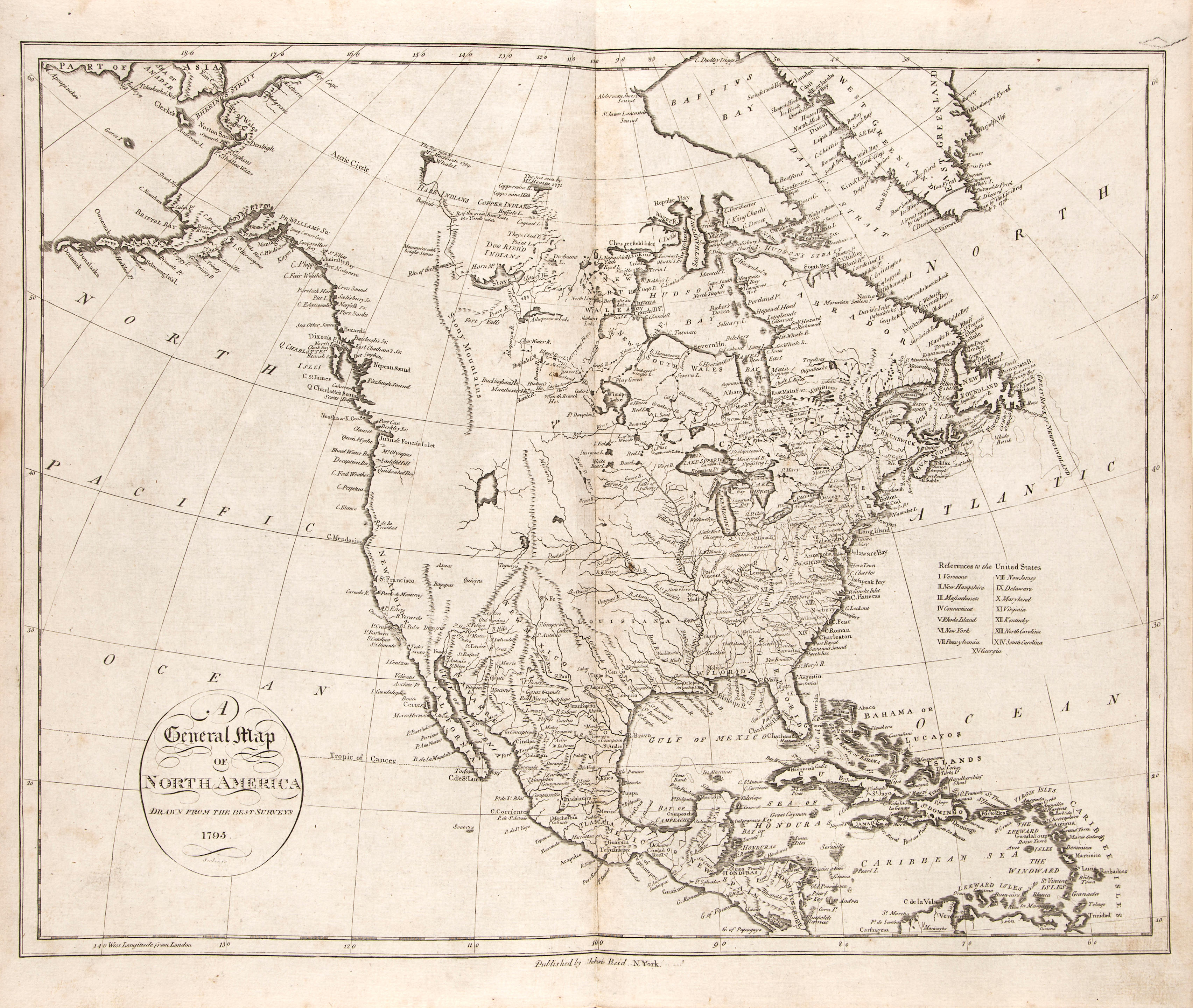



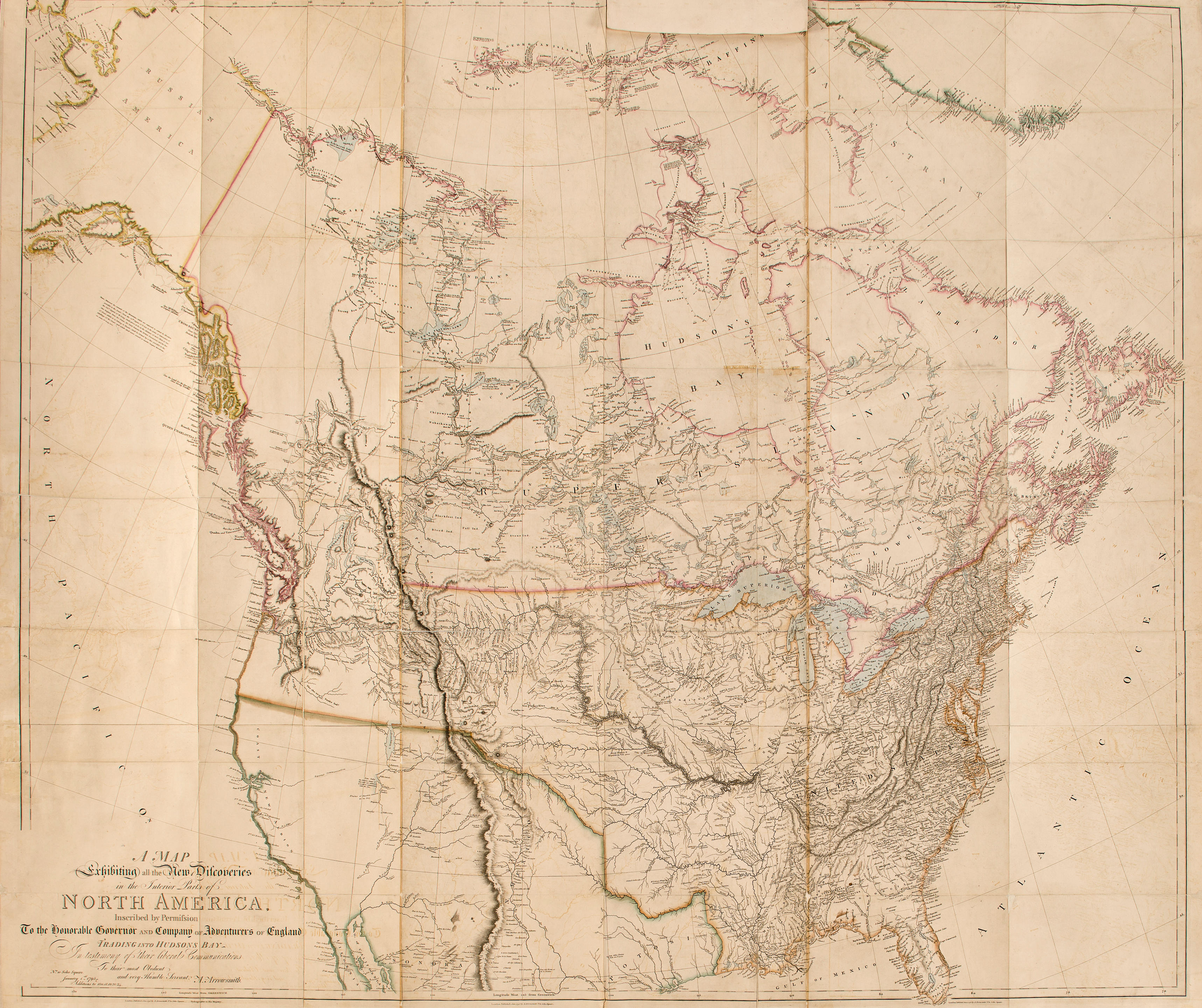
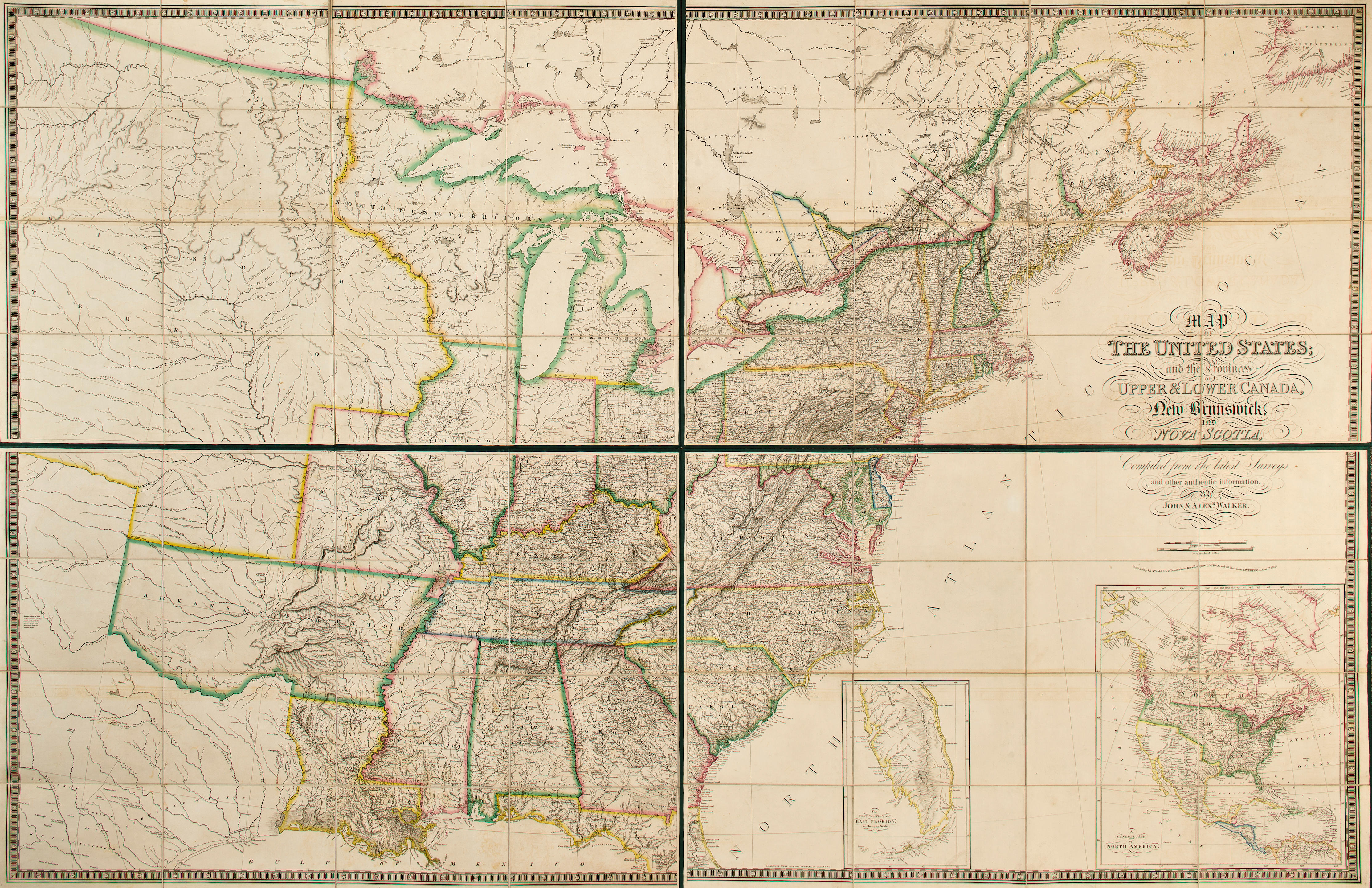

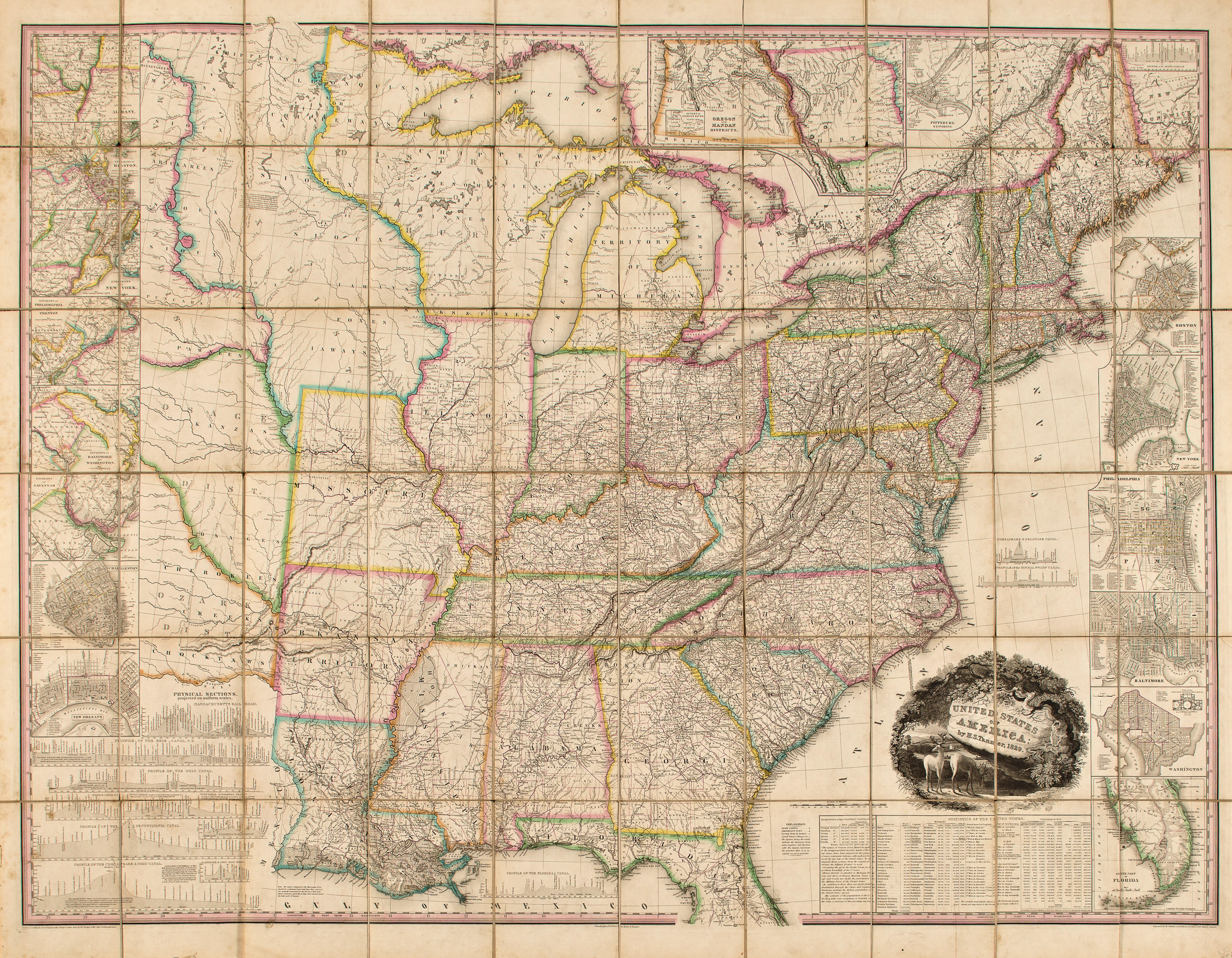
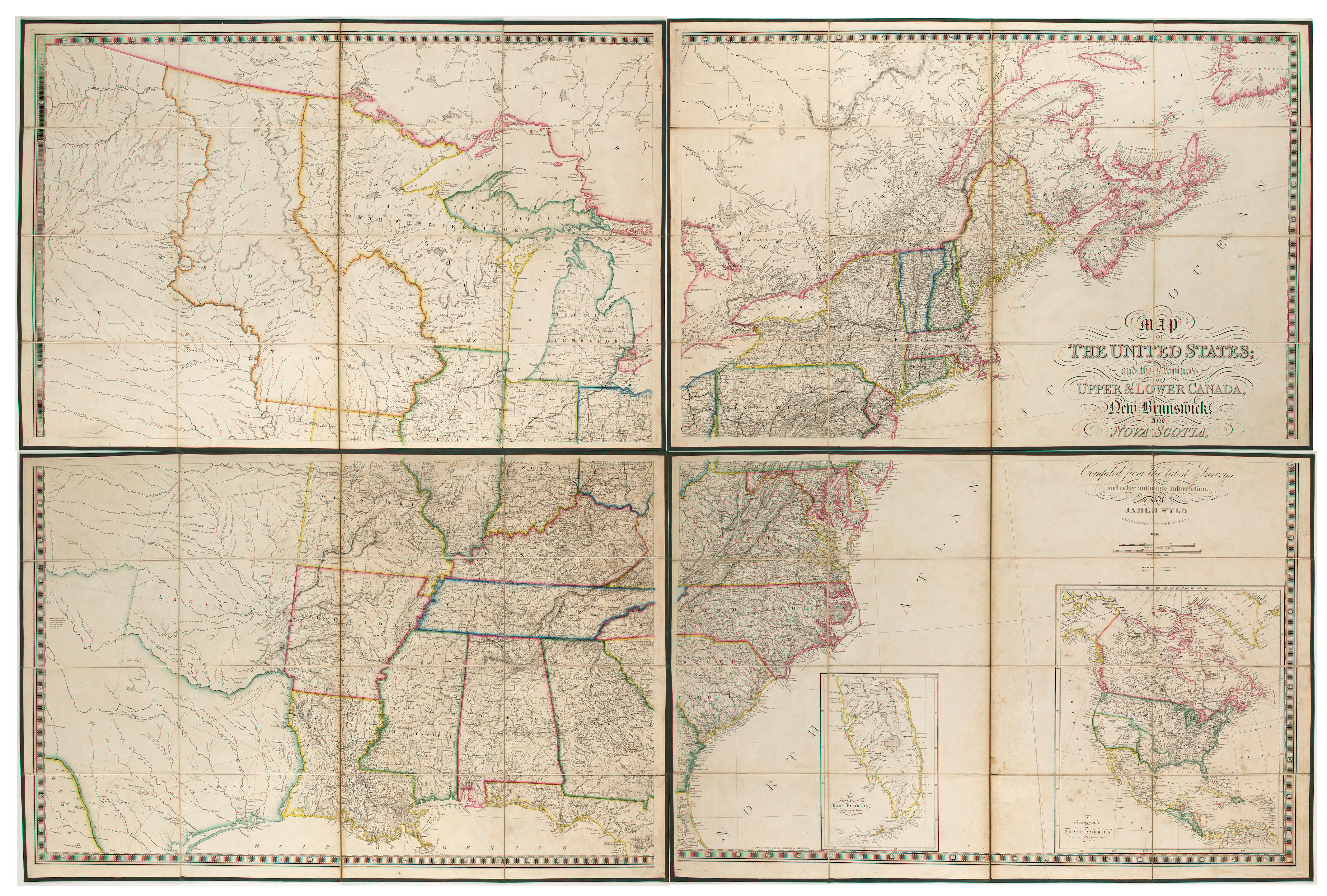
Testen Sie LotSearch und seine Premium-Features 7 Tage - ohne Kosten!
Lassen Sie sich automatisch über neue Objekte in kommenden Auktionen benachrichtigen.
Suchauftrag anlegen